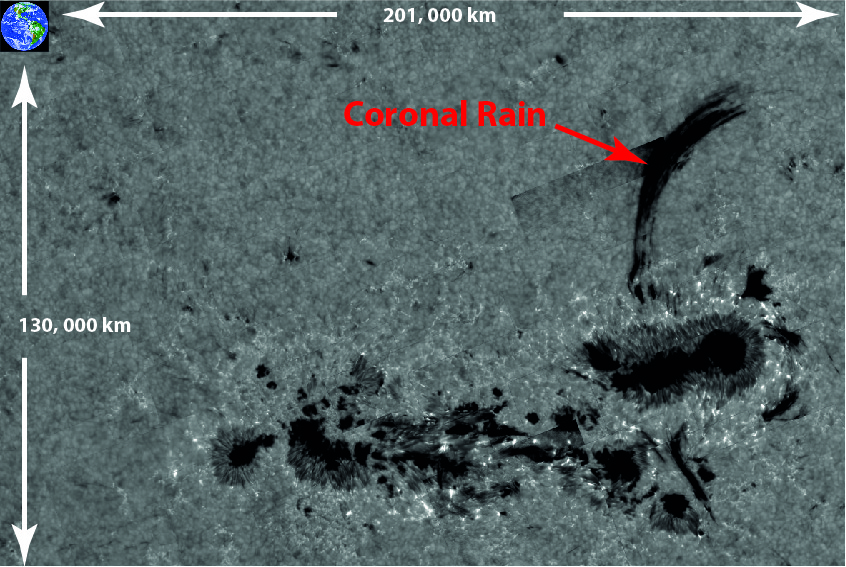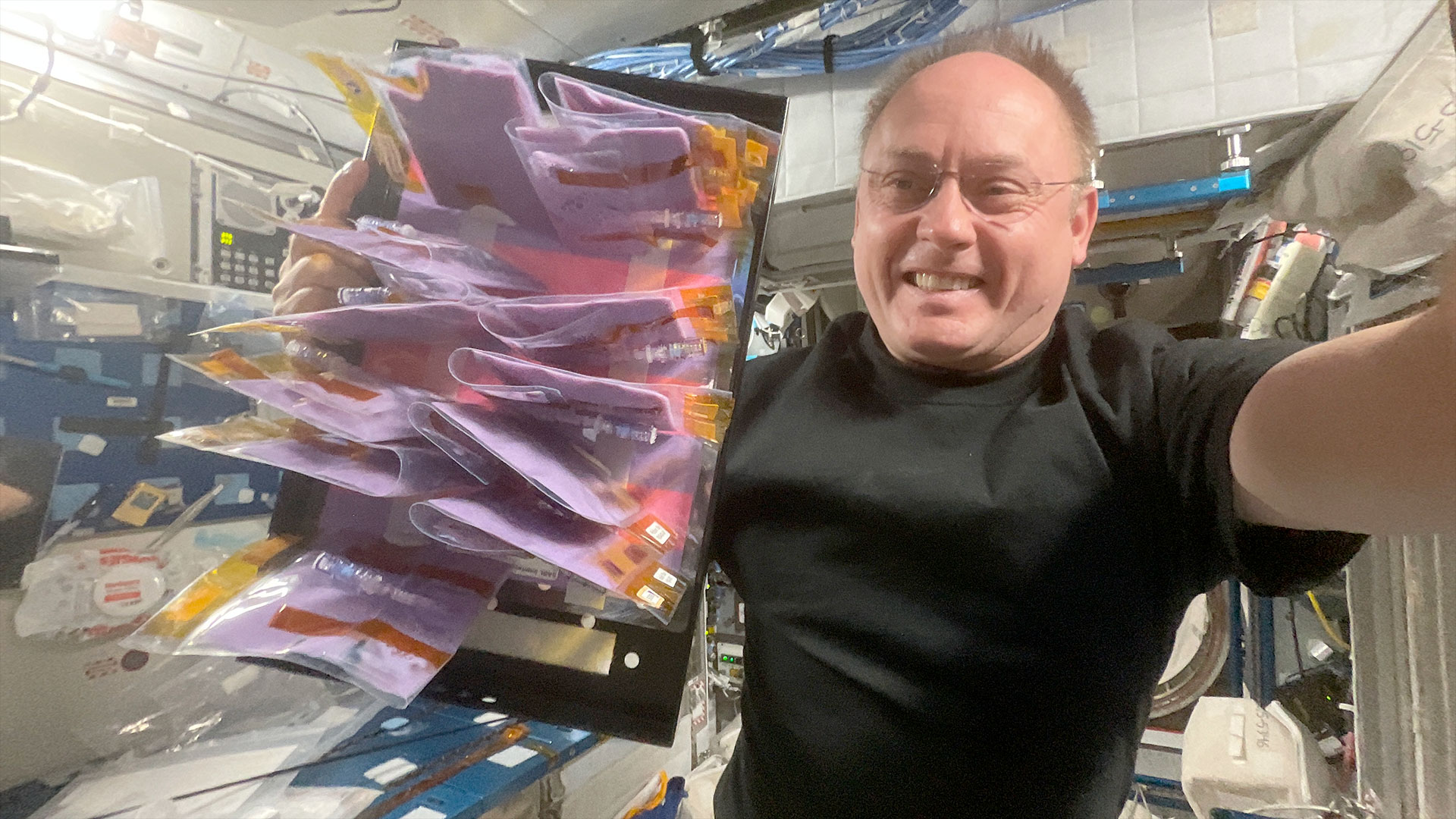Secrets of Sun's 'Coronal Rain' Revealed (Video)

Earth's nearest star has bad weather, too.
The sun's squalls, however, involve more than just a little rain and lightning. Huge droplets of hot plasma about the size of Maine fall from the sun's outer atmosphere (the corona) down toward its surface going 124,274 mph (200,000 km/h). Now scientists have come up with an explanation for how this "coronal rain" forms. (You can also watch a video of the coronal rain.)
The mechanisms driving coronal rain are similar to the way rain forms on Earth, according to a statement released by the Royal Astronomical Society (RAS) in the United Kingdom. Scientists found that clouds of plasma in the corona cool, condense and fall back to the sun's surface in a waterfall-like arch if solar conditions are just right.

"Showers of 'rain' and waterfalls on the sun are quite something, though I wouldn't recommend taking a stroll there anytime soon," Eamon Scullion of Trinity College Dublin in Ireland, who led the solar physics research, said in a statement. "But the parallels with weather on Earth are both striking and surprising."
Scullion and his team also think that clouds of hot plasma reach the corona much the same way Earth's clouds form — through evaporation. In the sun's case, however, solar flares cause the evaporation, spewing material into the sun's corona, where it cools and rains back down.
"The torrential rain storms, driven by solar flares, may play a fundamental role in controlling the mass cycling of the solar atmosphere and act as a kind of 'solar-scale' thermostat in regulating the temperature fluctuations of the solar corona," RAS officials wrote in a news release.
Scullion and his team found that material in the corona changes from gas to huge plasma rain droplets, "where an exceptionally rapid fall in temperature causes material to change from rarefied coronal gas to 'raindrops,'" RAS representatives said.
Breaking space news, the latest updates on rocket launches, skywatching events and more!
Follow Miriam Kramer @mirikramer and Google+. Follow us @Spacedotcom, Facebook and Google+. Original article on Space.com.
Join our Space Forums to keep talking space on the latest missions, night sky and more! And if you have a news tip, correction or comment, let us know at: community@space.com.

Miriam Kramer joined Space.com as a Staff Writer in December 2012. Since then, she has floated in weightlessness on a zero-gravity flight, felt the pull of 4-Gs in a trainer aircraft and watched rockets soar into space from Florida and Virginia. She also served as Space.com's lead space entertainment reporter, and enjoys all aspects of space news, astronomy and commercial spaceflight. Miriam has also presented space stories during live interviews with Fox News and other TV and radio outlets. She originally hails from Knoxville, Tennessee where she and her family would take trips to dark spots on the outskirts of town to watch meteor showers every year. She loves to travel and one day hopes to see the northern lights in person. Miriam is currently a space reporter with Axios, writing the Axios Space newsletter. You can follow Miriam on Twitter.
